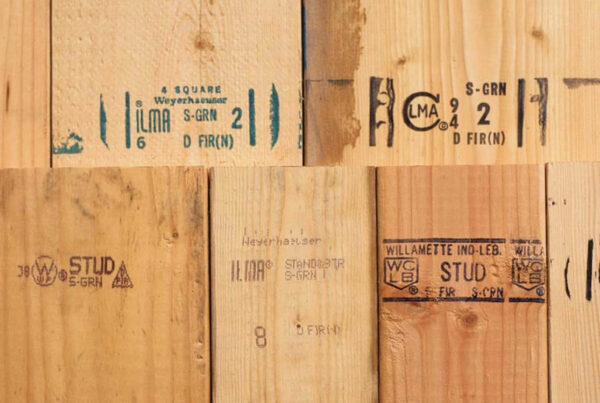Futures and forward contracts are both risk management strategies, aimed at providing consistency between the buyer and the seller. However, the two have a few differences, making one of them way more preferable than the other. But, before we look at these top differences between futures and forward contracts in lumber buying, let’s go through some of the reasons a business person and a customer should consider using the strategies.
Importance of forward-pricing and futures
- As a buyer who intends to resell, you can quote your prices with confidence; with no fear of price fluctuations. This can be termed as hedging against price volatility.
- There is the consistency of price, allowing both parties to plan. This applies majorly in forward contract which is hugely used by the likes of Sherwood Lumber.
- Such contracts improve the buyer/seller relationships. These relationships often lead to incentives to the buyer and repeat buy to the seller.
Top differences between futures and forward contracts
Formality
While futures do not require any legal team for the contract drafting, forward pricing requires a legal team to sit down and draft a contract. Some business people tend to shy off this strategy because of that. However, the more formal the contract, the more binding it will be, making forward pricing more reliable and worth counting on for consistency.
Exchange regulations
Futures are strictly regulated by the Commodities and Futures Trading Commission, which is not the case with forward-pricing contracts. However, this could be an advantage in the sense that, you and the customer or seller can have your own regulations of the contract and work by your own prices. This makes forward contracts easier to use and more volatile.
Flexibility in the product quantity
The fact that forward contracts is not standardized, unlike futures, makes it even easier to operate with. This is in the sense that, every customer and seller can have their own standards. For instance, one customer can have a forward contract with a seller on 30 sq feet of dimensional lumber, while another customer can have a forward contract with the same seller on 40 sq. ft. of dimensional lumber.
This is not the case with futures where the prices and quantity are standardized and customers have to use the same standardized quantities.
Upfront costs
This factor plays differently for both futures and forward contracts. Starting with forward contracts; no upfront payment is required. You can, therefore, sign the contract without having anything in your account, or any cash. This makes stores like Sherwood Lumber, which use forward pricing more preferable to customers. On the other hand, the presence of upfront payment in futures puts the seller in a very difficult position, especially if the customer flakes out and the contract does not pull through as earlier planned.
Futures and forward contracts are indeed vital, not just for the reasons of consistency but also to create a strong relationship between the customer and the seller. The above mentioned are basically the top differences between futures and forward contracts in lumber buying; and as illustrated, the concepts are almost similar. For some of the best deals on lumber with forward pricing, you can always contact Sherwood lumber, sign your deal and have your business or project running smoothly.











